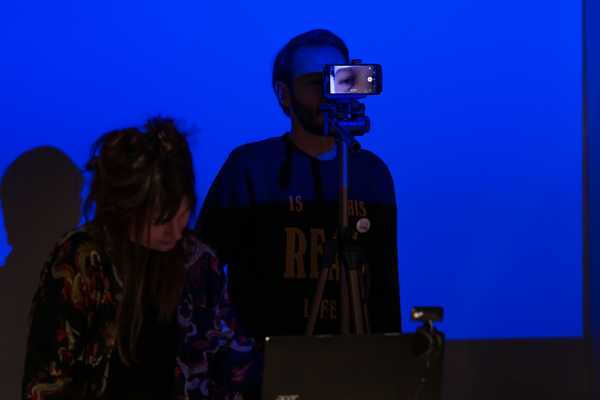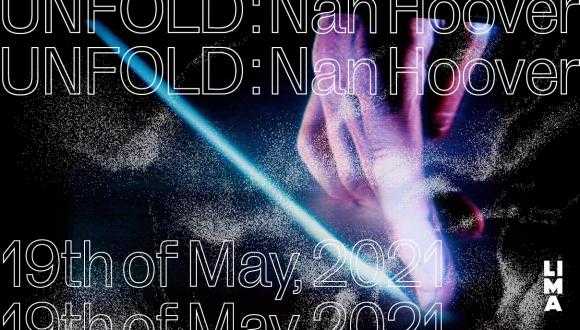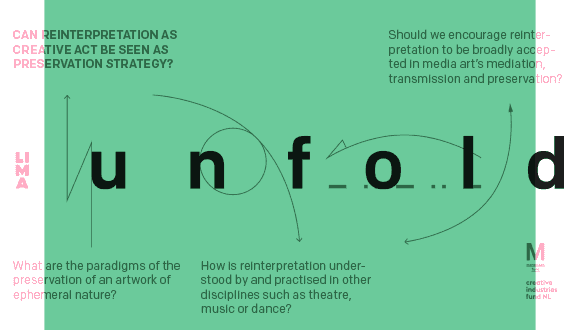Emile Zile - Audience/Performer/Lens
Emile Zile's modern take on Graham's performance.
Emile Zile - Audience/Performer/Lens (2020) - Performed at UNFOLD: Audience/Performer/Mirror
Digital technologies and social networks allow performances to transcend boundaries of time and geography. Emile Zile places himself squarely in front of the audience in his work Performer/Audience/Lens. A video camera is positioned behind him to capture his live performance, which is then projected onto the screen so that viewers may view him from both sides. In the first section, Zile simultaneously narrates his own movements and the audience's response to them. In contrast to Graham, however, he recounts not just these movements but also his bodily processes, such as the release of endomorphism, sweating, etc., which shifts the focus of observation to the body's "outside" and "inside”.
With a direct note to the audience, "I am the performer and you are the audience," Zile acknowledges that there are, in fact, many lenses which are constantly observing all individuals present during the performance. By this, he alludes to his own and the audience's mobile devices, the constant notifications from his phone, such as Uber requesting a five-star rating, and the underwater cables that visually represent the internet's journey. The performance changes and gets darker around halfway through. The distances that are specified now encompass more than just the space between the performance and the audience. At this juncture, Zile looks away from the crowd and begins speaking to them via the screen whilst initiating an instagram live-stream from his device. He types on his phone, drawing in the two audiences: one physically present in the room and the virtual audience observing from the instagram live-stream. To conclude the performance, Zile openly reflects on the possible ways in which people will be able to visit his performance in the future, bringing light to the importance of documentation for the moving-image complex.









